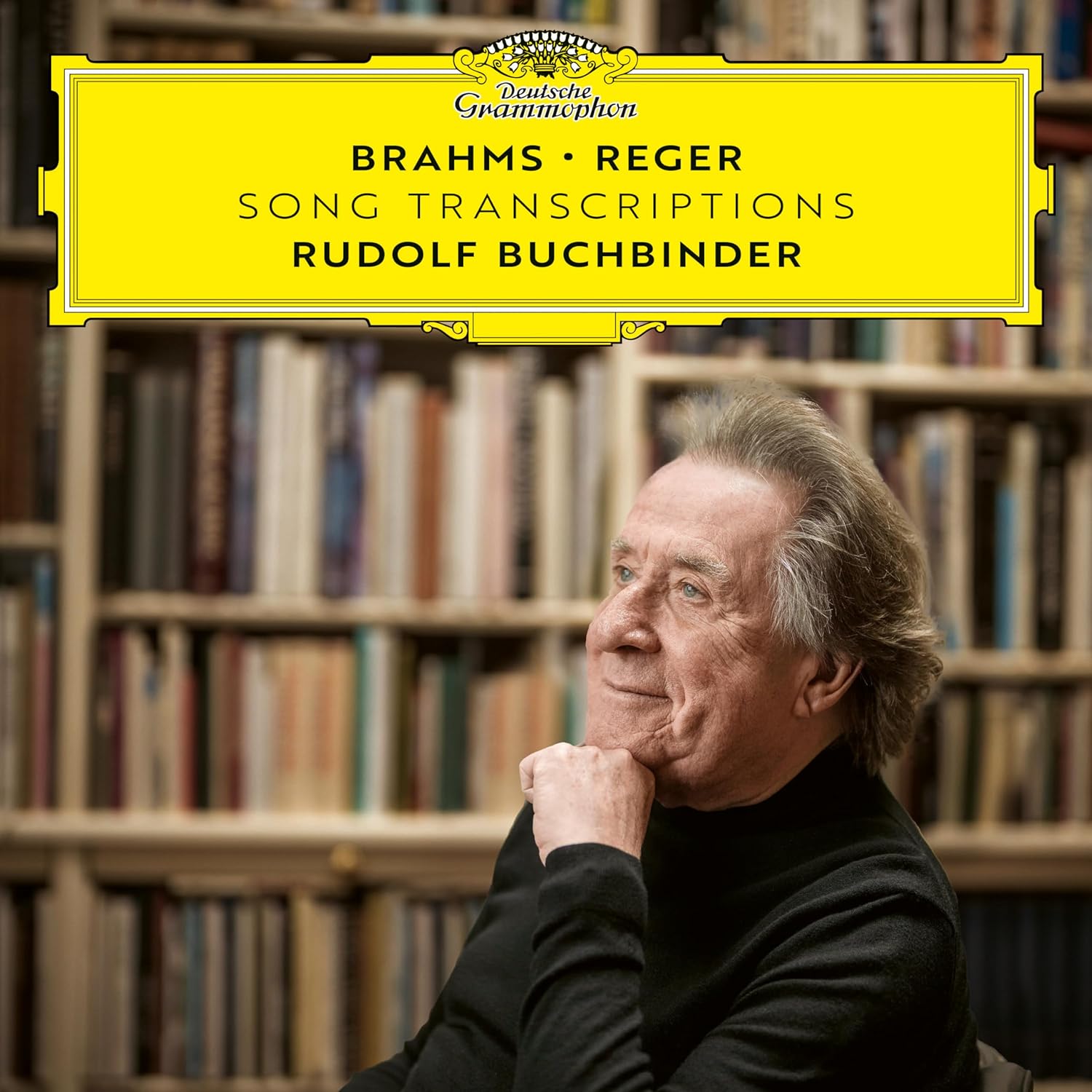 Brahms arr. Reger: Song Transcriptions Rudolf Buchbinder (piano) (Deutsche Grammophon)
Brahms arr. Reger: Song Transcriptions Rudolf Buchbinder (piano) (Deutsche Grammophon)
Max Reger said that, for him, “the Brahms fog will remain – I prefer it to the blazing heat of Wagner.” This collection of twenty-eight song transcriptions for solo piano played by 77-year old Austrian national monument Rudolf Buchbinder, is indeed a quiet, gentle way into that “Brahms fog”, quite the opposite approach route that one might remember from the pianist’s big-boned, large-scale recordings of the two Piano Concertos. Reger wrote four books of song transcriptions between 1906 and 1912 with seven songs in each book. They are all here. The ordering of the album is, however, different from Reger’s (or possibly Simrock's): Buchbinder and DG present them – curiously, almost trainspotterishly – in absolutely strict order of Brahms opus number. It is not quite an 'intégrale', though: they leave out Reger’s slightly later excursion into the more sombre world of the “Four Serious Songs” Op. 121.
Reger follows the example of Liszt in his transcriptions of Schubert, and adopts the practice of putting the words of the songs in the score. But Reger goes one step beyond that. It may seem pedantic (a word which always crops up with Reger), but he places a "tenuto" mark over each and every note in the piano part which is sung by the singer rather than played by the pianist in the original song, and it is occasionally palpable that Buchbinder has taken this instruction perhaps too much to heart, as in “Sommerabend”, Op. 84/1 which just feels dry and very measured rather than trying to express much. Another area where I find Buchbinder occasionally less convincing is when he comes over all "volkstümlich". So, “Der Jäger” Op. 95/4 is all a bit perfunctory. I preferred "Ständchen" Op. 106/1 which is pure joy. And there are lovely examples of the “autumnal” Brahms that one might want or expect from a pianist of Buchbinder’s age and experience: "Der Tod, das ist die kühle Nacht" Op. 96/1 is very reflective and "On Golden Pond"-ish. The gorgeous lyricism and beautiful pacing of “Wie Melodien zieht es mir” op. 105/1 and of the final track “Mädchenlied” op. 107/5 are my highlights of the album. Sebastian Scotney
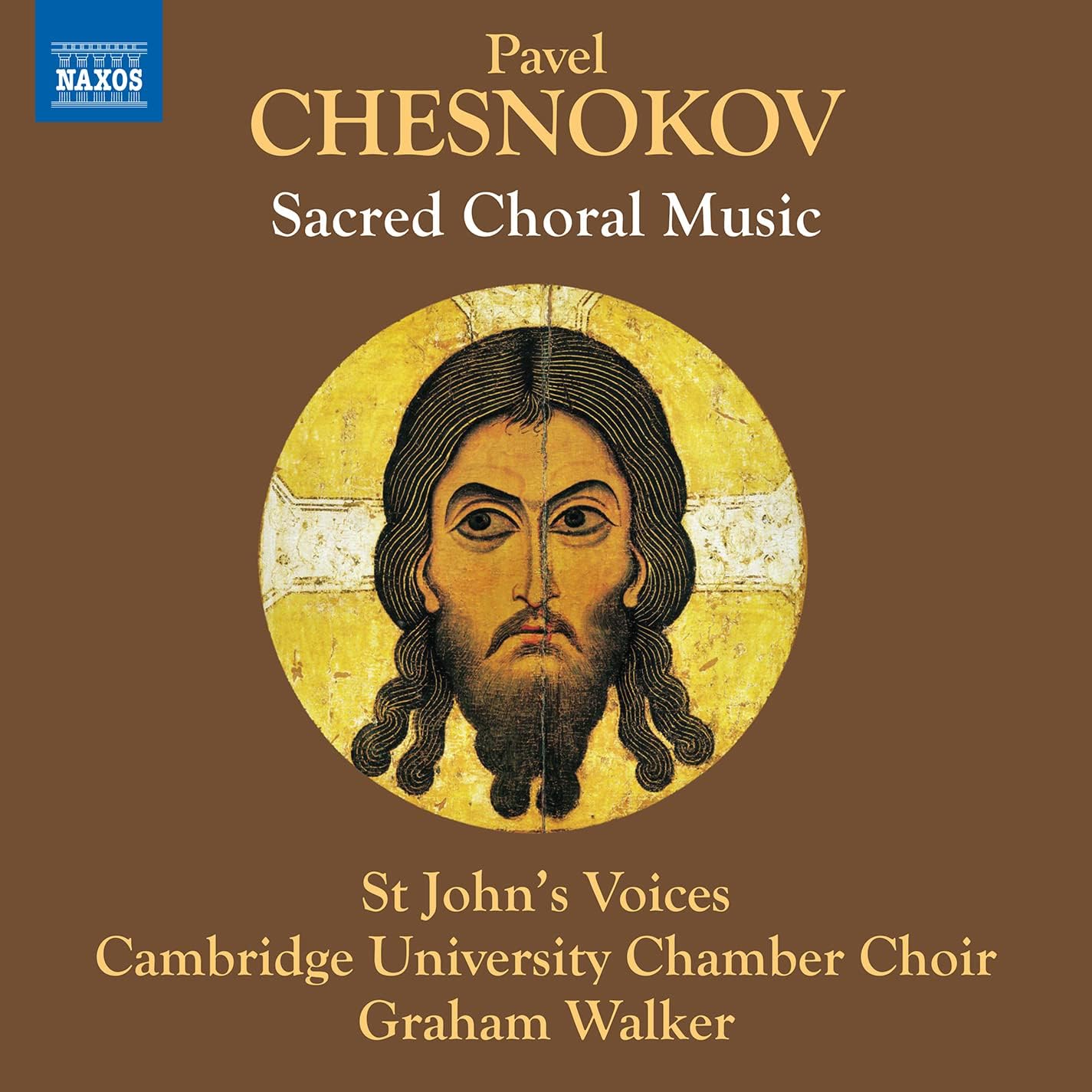 Chesnokov: Sacred Choral Music St John’s Voices, Cambridge University Chamber Choir, Walker (Naxos)
Chesnokov: Sacred Choral Music St John’s Voices, Cambridge University Chamber Choir, Walker (Naxos)
I’ve had this on my pile for a while without getting round to it, and suddenly it’s highly topical. St John’s College, Cambridge recently announced that it would be disbanding St John’s Voices, its mixed-voice student choir, in what felt like the latest attack from Those In Charge on classical music, and choral music in particular. This 2023 collaboration with the Cambridge University Chamber Choir of sacred choral music by Pavel Chesnokov (1877-1944) shows exactly what would be lost by the closure of SJV. This is a choir of students operating at a high, professional standard, exploring a range of less well-known repertoire, as demonstrated in their equally worthwhile 2020 album of choral music by William Mathias.
The choice of tracks here is representative of Chesnokov’s huge output of sacred music in the Russian Orthodox tradition. Richly chordal, with that trademark lugubriousness-with-a-thread-of-optimism, the choir create a humble sound, with only occasional outbursts of dazzling brightness. The main piece is one of Chesnokov’s three settings of the All-Night Vigil but I was particularly taken with the shorter items at the beginning of the disc, with their quiet devotion and a lovely (uncredited) soprano solo on “The Angel Cried Out”. It would be such a shame if their two recordings were to be all that was left of St John’s Voices. Bernard Hughes
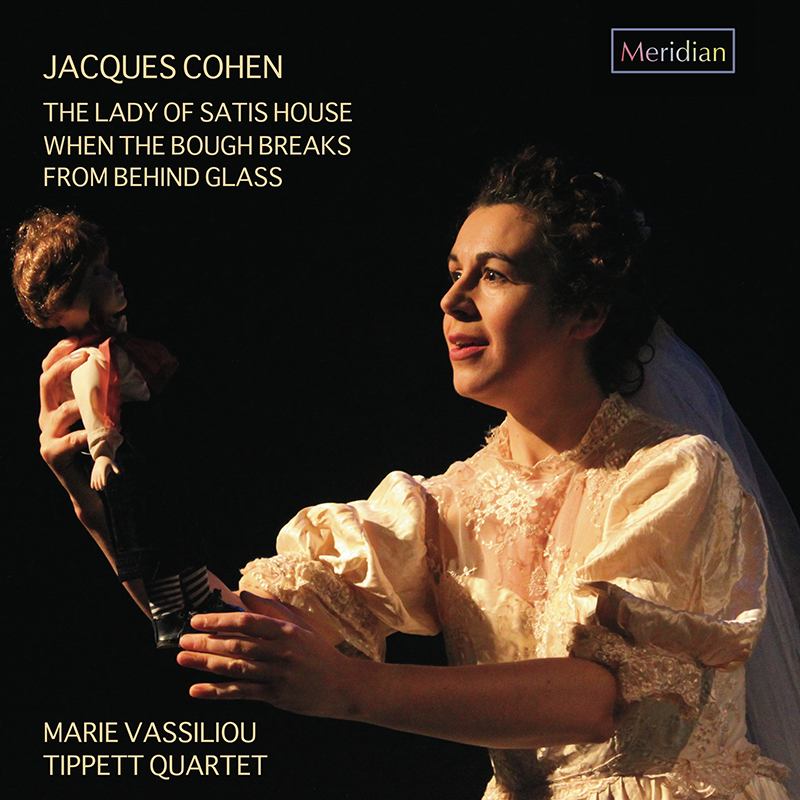 Jacques Cohen: The Lady of Satis House, When the Bough Breaks, From Behind Glass Marie Vassilou (soprano), Tippett Quartet (Meridian)
Jacques Cohen: The Lady of Satis House, When the Bough Breaks, From Behind Glass Marie Vassilou (soprano), Tippett Quartet (Meridian)
My online search for operas based on Dickens novels didn’t bear any fruit, though there have been a surprising number of stage musical adaptations besides the obvious one. Jacques Cohen’s The Lady of Satis House might be as close as we’re going to get, subtitled “Operatic Monodrama in Nine Scenes”, setting words spoken by Great Expectations’ Miss Havisham, accompanied by a string quartet. Cohen was asked to provide something “practical and economically viable” for a 2012 opera festival, and he’s succeeded, the original director suggesting that the quartet members had been hired to play at Havisham’s disastrous wedding and had somehow found themselves stuck there. In this recording, soprano Marie Vassiliou revisits the title role which she created, singing Havisham and switching to speech for Dickens’ other characters. Estella’s cut-glass diction reflects her initial the coldness, Vassiliou switching in second to naïve innocence when voicing Pip. Cohen’s music plays its part too, Havisham’s angular lines reflecting her unravelling, and the extended final scene is harrowing but moving (“Oh God! What have I done? What have I done?”), Havisham revealing in speech that “my mind has grown diseased…” and singing an unearthly plea for forgiveness which is cut short by the four accompanists chanting. Vassiliou relishes every twist and turn, and do take a look at a live performance on YouTube, captured when the piece was premiered.
Two works for quartet are offered as couplings. Three short lullabies make up When the Bough Breaks, my favourite being the wistful central piece. From Behind Glass is a tone poem inspired by Cohen spotting four Stradivarius instruments glimpsed in a display case at Madrid’s Palacio Real. An intense, dissonant opening depicts the quartet struggling to play together as a group. The glass ultimately breaks, the escapees uniting to play a variant of the Catalan folksong popularised by Casals, “The Song of the Birds”. Performances, supervised by the composer, are as authoritative as you’d expect.
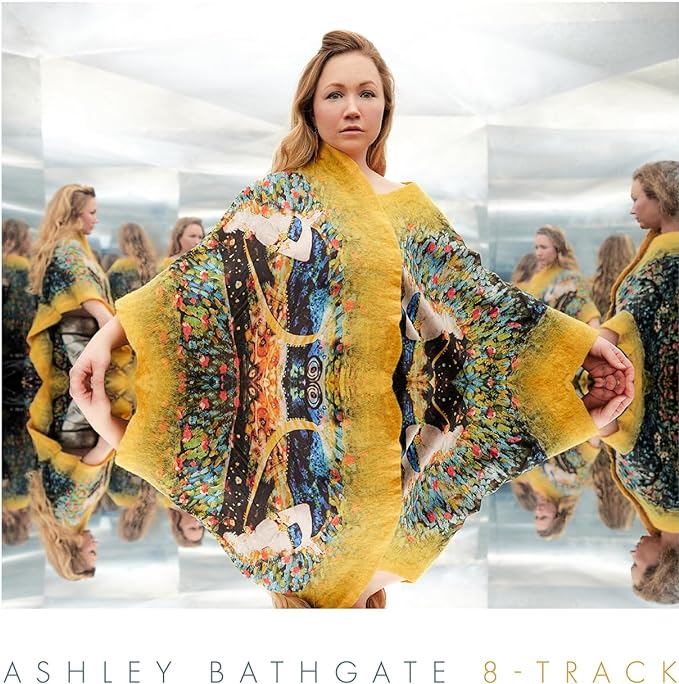 Steve Reich et al: 8-Track Ashley Bathgate (cello) (New Focus Recordings)
Steve Reich et al: 8-Track Ashley Bathgate (cello) (New Focus Recordings)
Steve Reich’s Cello Counterpoint (2003) pits a live cellist against seven layered tracks pre-recorded by the same cellist, in the same way he did with clarinets in New York Counterpoint (1984) and electric guitar in Electric Counterpoint (1987). American cellist Ashley Bathgate uses the Reich as a springboard for collaborations with composers Fjóla Evans, Emily Cooley and Alex Weiser, all using this overdubbing principle. The Reich ends the 40-minute album. It has the same element of interplay of parts as the earlier “counterpoint” pieces, but with a more muscular harmony and less overt use of the straightforward repetition of his earlier music. It is still unmistakeably Reich though, and Bathgate’s playing is intense, focused and flawlessly synchronised.
The disc opens with Fjóla Evans’s Augun (2013), which has harmonics and overtones aplenty, restless rhythmic figures and drooping glissandos, all with a hypnotic stillness. Emily Cooley’s Assemble (2016) starts with dense chords before moving into more conversational territory. The chords are miraculously well-voiced by Bathgate and mixer Nick Lloyd – I don’t know how you begin to create this ensemble effect with a single player – and the improvisatory character of the piece is very convincingly captured. My favourite piece was Alex Weiser’s Shimmer, with its close-canon effects that owed a lot to Reich, like a human realisation of tape delay, creating the titular shimmer. Once again it is faultlessly recorded, and the balancing of the shimmer background lines against the melodic figures that progressively dominate the foreground is delicious. Bernard Hughes
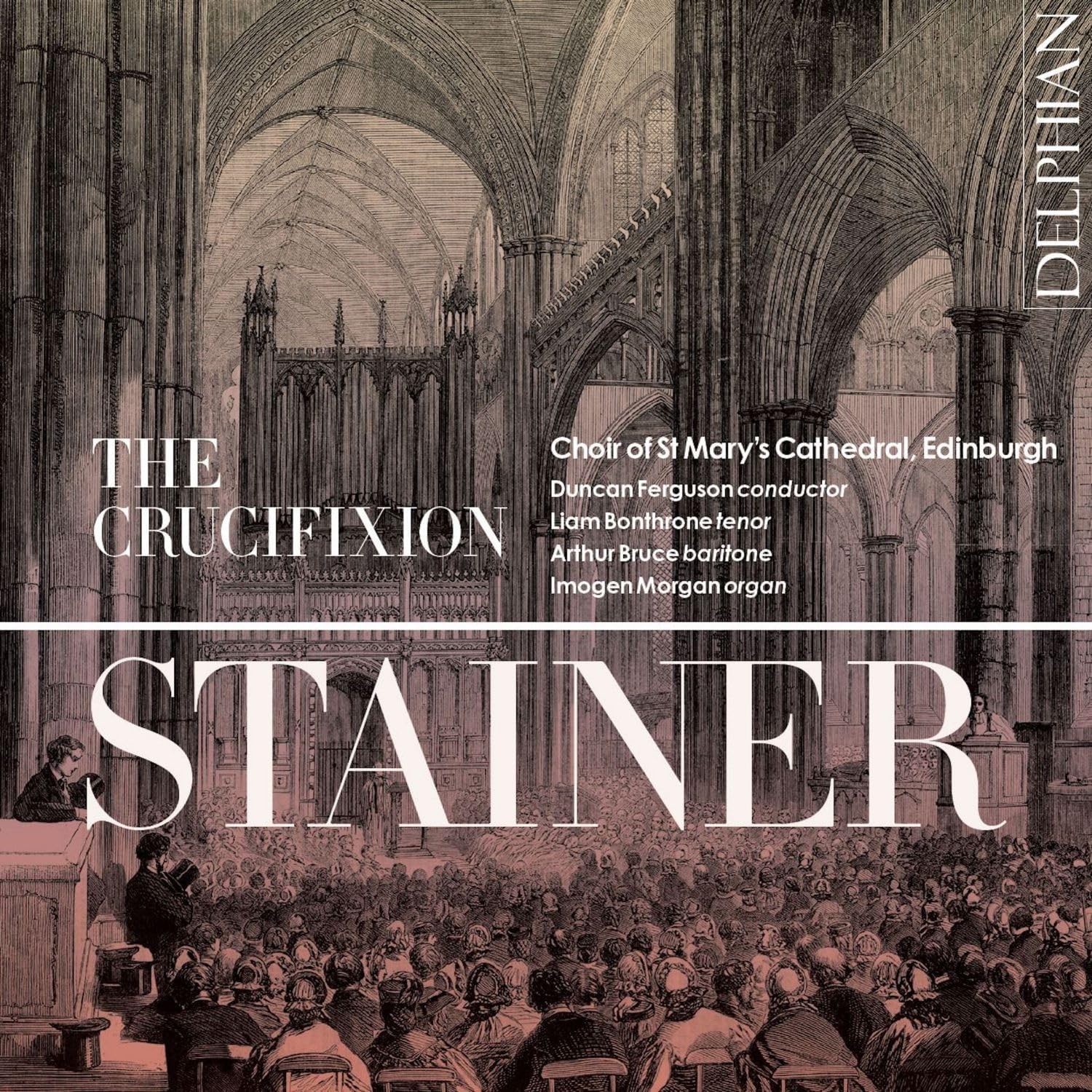 Stainer: The Crucifixion Choir of St Mary’s Cathedral, Edinburgh/Duncan Ferguson, with Liam Bonthrone (tenor), Arthur Bruce (tenor), Imogen Morgan (organ) (Delphian)
Stainer: The Crucifixion Choir of St Mary’s Cathedral, Edinburgh/Duncan Ferguson, with Liam Bonthrone (tenor), Arthur Bruce (tenor), Imogen Morgan (organ) (Delphian)
Here’s a new recording of a once-popular sacred work that’s fallen through the cracks. I approached it with some trepidation but read, wisely, Jeremy Dibble’s engaging sleeve note before pressing play. Dibble shows Stainer (1840-1901) to have been a decent, principled man and musician. While serving as organist at St Paul’s Cathedral he expanded the choir and improved members’ working conditions, broadening the choir’s repertoire and lead annual performances of Bach’s St Matthew Passion. Stainer served as HM Inspector for Music in Schools and Training Colleges and was a great populariser of serious music. 1887’s The Crucifixion was written to fulfil a perceived need, that of a modestly proportioned Passion-style oratorio which didn’t need huge forces or great technical skill to perform.
Scan William Sparrow’s libretto and you’ll read stretches of text which almost defy musical setting, but Stainer somehow makes the most ungainly phrases sing, and his dramatic instincts are sound – having the chorus play a subsidiary role during the opening recitative and ensuing “The Agony”, makes their entry in the “Processional to Calvary” (“Fling wide the Gates!”) all the more effective. Organist Imogen Morgan is superb at building the tension during the Elgarian march which precedes the big moment. The choral singing here is rich and weighty, Duncan Ferguson’s Edinburgh forces well-drilled and blessed with superb diction. They’re impressive in the five hymns which punctuate the story, “Cross of Jesus” offering comfort after a succinct account of the titular event. Tenor Liam Bonthrone and baritone Arthur Bruce sing with conviction and it’s a pity that Stainer doesn’t give them more to do together; the central duet “So Though liftest Thy divine petition” is glorious. Highly recommended, then. Production values are high, with impressive engineering and a full libretto.
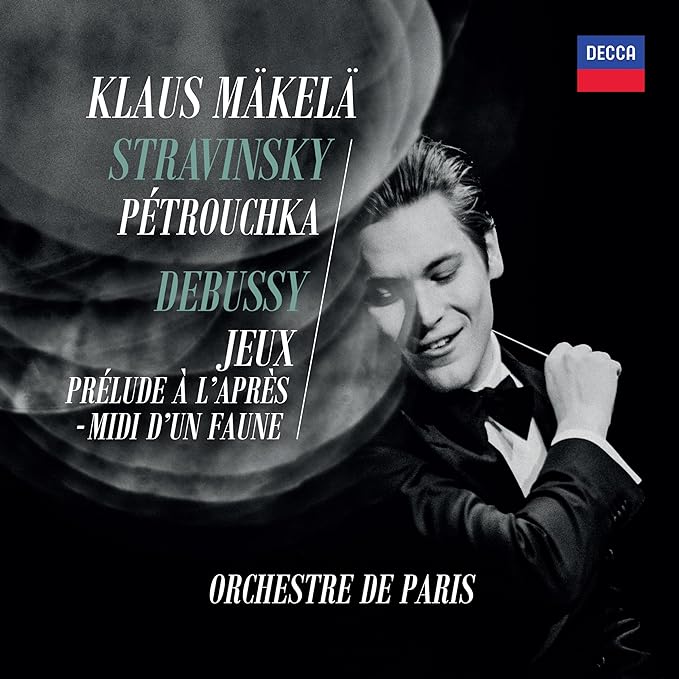 Stravinsky: Petrushka (1947 version), Debussy: Jeux, Prélude à l’Après-midi d’un Faune Orchestre de Paris/Klaus Mäkelä (Decca)
Stravinsky: Petrushka (1947 version), Debussy: Jeux, Prélude à l’Après-midi d’un Faune Orchestre de Paris/Klaus Mäkelä (Decca)
There are some impressive things in Klaus Mäkelä’s second Decca album, namely some gorgeous playing from a clearly enthused Orchestre de Paris, but it’s frustrating to to come across a conductor whose undoubted gifts haven’t yet transferred to the recording studio. Watch Mäkelä rehearse and you’ll witness his calm authority and immaculate baton technique, and his 2023 Proms performance of Walton’s Belshazzar’s Feast came over as impetuous and exciting on R3. This Petrushka is immaculate but uninvolving, with some measured tempi and a palpable lack of physical excitement until the final scenes. There’s some odd wind phrasing in the first tableau’s music box sequence and not enough mystery as the puppets awaken. Things perk up in the “Russian Dance”, Bertrand Chamayou’s piano nicely assimilated into the mix, but the two central tableaux lack bite and character. Mäkelä sounds far more energised in the fourth scene, its sequence of brief dances nicely characterised. Again, it’s the Paris players who catch your ear, with superb contributions from bassoons, trumpets and tuba. Still, listen to recordings by Bernstein or Chailly to hear performances of Stravinsky’s leaner 1947 revision with so much more punch and colour.
The Debussy couplings suit Mäkelä better. Jeux is a tricky work to bring off, Mäkelä’s light-footed account of this tennis-themed oddity a succession of luxuriant episodes. I’ve never managed to marry the ballet’s scenario with the actual music – best just to close your eyes and enjoy the noise it makes. The Prélude à l’Après-midi d’un Faune also works well, with delicious flute playing and warm strings. A guarded welcome, then. With so much superb 20th century repertoire still under the radar, can Decca record this conductor in more offbeat repertoire next time?
 Vaughan Williams: Retrospect London Choral Sinfonia/Waldron (Orchid)
Vaughan Williams: Retrospect London Choral Sinfonia/Waldron (Orchid)
Since 2019 the London Choral Sinfonia under Michael Waldron have rapidly built a formidable catalogue on the Orchid label, producing no less than nine albums in that time, all of them excellent, and several appreciated in this column. British music is a speciality and this latest release is solidly in that vein, being a miscellany of music by Ralph Vaughan Williams, all from the less-explored realms of his extensive output. There is always more to find in Vaughan Williams, beyond the symphonies and the ubiquitous lark. The cantata In Windsor Forest, is extracted from his largely neglected opera Sir John in Love. This recording uses the reduced version for strings and piano – Vaughan Williams was always alert to the practical aspects of programming his music – and should be on the radar of every choral society. The music is mostly high-spirited and rumbustious, with folk melodies sung lustily (the “Drinking Song” is a particularly committed effort from the gents of LCS) but the switch of mood in the “Wedding Chorus” takes us magically into rapturous territory.
Land of Our Birth comes from the piece Vaughan Williams wrote in 1944, in anticipation of victory in WW2. It was duly performed after VE Day, although sold slightly short at the time and is another overlooked piece in RVW’s catalogue. It is in a similar patriotic vein to Nothing is Here for Tears, written in 1936 on the death of the king. RVW found the right tone in both pieces, sincere and unbombastic, with their nods to his work on the Anglican hymnal, singable and, in the best possible way, appropriate. They are both welcome additions to the discography, and bear up to repeated listenings in the way lots of occasional music doesn’t.
There are two glorious Bach transcriptions (the first featuring a floating cello solo by Thomas Carroll) surrounding a Bach-inspired Hymn Tune Prelude after Orlando Gibbons, which is one of my favourite things at the moment. It is an arrangement of a piano original (recording elsewhere beautifully by Mark Bebbington) but this string version, made by a student of RVW’s, allows the individual lines to blur into a modal haze. It is exquisite.The Violin Concerto – Concerto Accademico – is not played very often live, and is overdue a new recording. Jack Liebeck gives a perky account of the first movement (which anticipates the neoclassicism of Stravinsky’s later Violin Concerto), in close dialogue with the orchestra, the “academic” aspect maybe residing in the prevailing counterpoint. There is a forthrightness you don’t always associate with RVW, which dissolves into a bleached, somnolent slow movement, a summer’s afternoon in sound. The finale is more of the assertive RVW that is all the more enjoyable for its rarity. Bernard Hughes

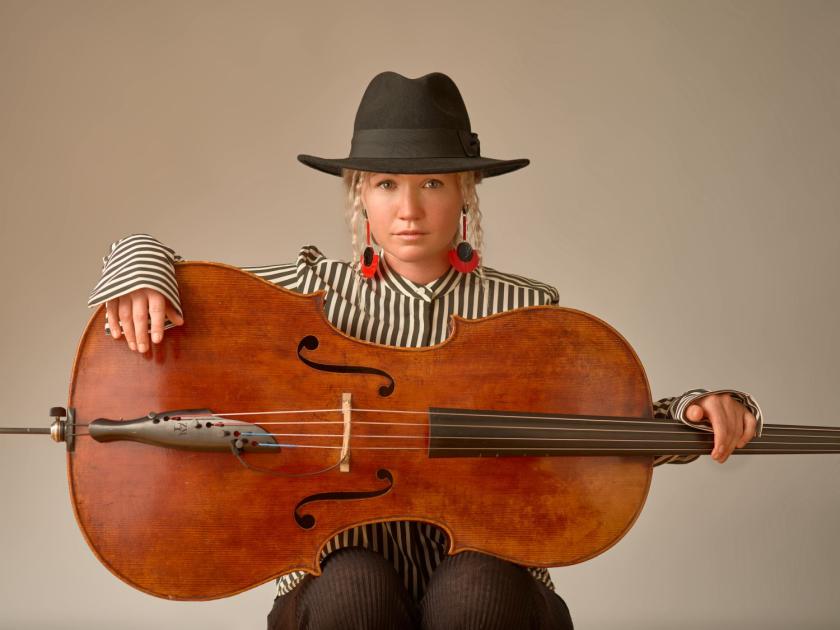













Add comment